今天我收到了几周前订购的两块ILI9341 TFT 屏幕。这些屏幕实际上是为 Arduino Uno 设计的扩展板,但它们在连接到其他开发板时工作得很好,而且价格非常便宜:只需 4 美元。
在这种情况下,我们将屏幕连接到 ESP32 开发板。
引脚的配置方式与您在网络上可以找到的其他示例略有不同:我试图尽量减少错误,因为我们将使用 13 个引脚,所以我认为最好的方法是使用尽可能多的连续引脚。
您也可以仅使用 4 个 IO 引脚(不是此型号)连接ILI9341,但刷新/绘画速度无法比拟。
我们将使用的库是 Bodmer TFT_eSPI库,目前我们唯一的目的是成功执行示例演示脚本。
在测试过程中,您可以将 TFT 3V3 引脚直接连接到 ESP32 3V3 引脚,但只能在短时间内进行,因为屏幕 LED 消耗的电流为 134mA,您会注意到 LED 和开发板电压限制器将如何变热。
两个 22V22 引脚之间有一个 3Ω 电阻(不是 3),足以将电流降低到 23mA,虽然屏幕不是世界上最亮的屏幕,但我认为它足以用于测试目的。
按照上图所述完成引脚连接后,如果您尚未安装TFT_eSPI库,则可以安装它。
打开 Arduino IDE,转到库管理器,然后在搜索框中键入 TFT_eSPI。在结果列表中,查找下一个并安装它。
TFT_eSPI Bodmer Arduino 库
现在您已经安装了库,您必须配置我们连接屏幕的 IO 引脚。其他库使用每个草图顶部的常量定义来执行此作,但TFT_eSPI使用通用文件来定义配置。
在您的 Arduino 安装中找到名为 User_Setup.h 的文件
它应该位于与以下路径相当的路径中:
[Arduino 文件夹]/libraries/TFT_eSPI/User_Setup。h
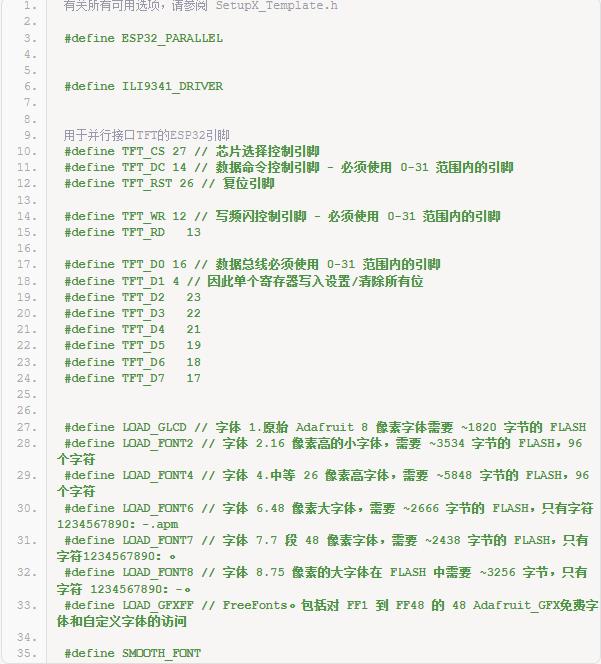
保存文件并返回 Arduino IDE。
打开示例草图UTFT_demo(位于文件/示例/TFT_eSPI/320 x 240/UTFT_demo下)
此时,您可以编译草图并将其上传到您的 ESP32。如果一切正常,您应该会看到一些图形、背景和文本出现在您的 TFT 屏幕上。否则请仔细查看 IO 引脚配置(硬和软)。
如果它有效,您可能会像在镜子中一样看到结果。要解决此问题,请转到草图并编辑设置屏幕方向的线。这是在设置功能中完成的。
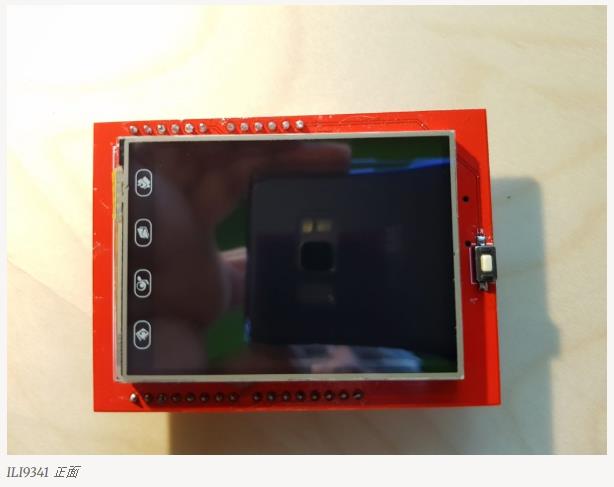
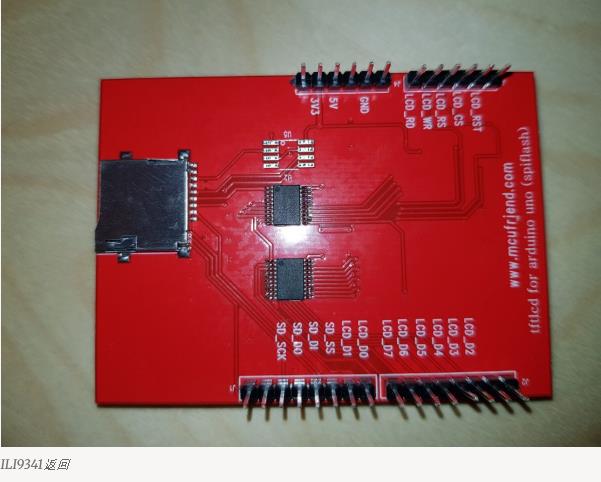
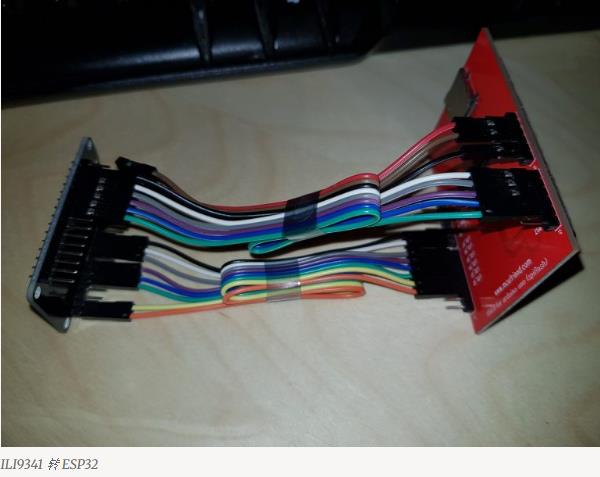
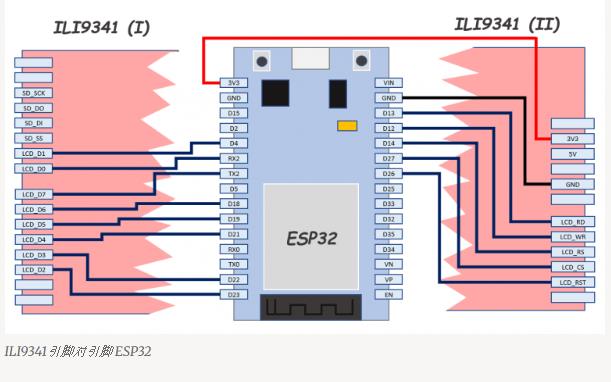
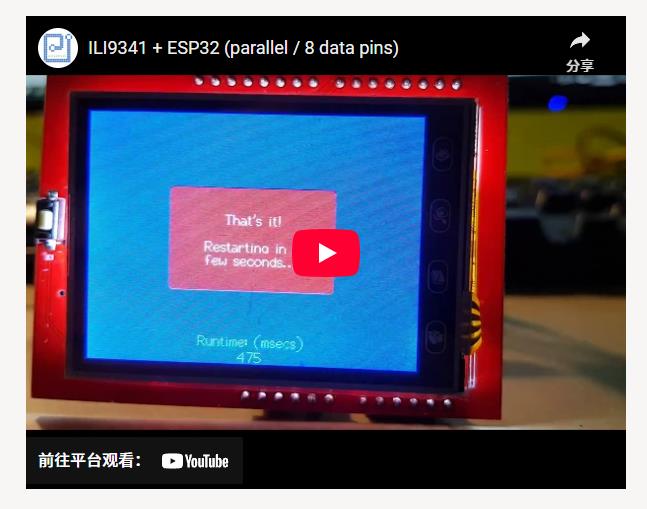
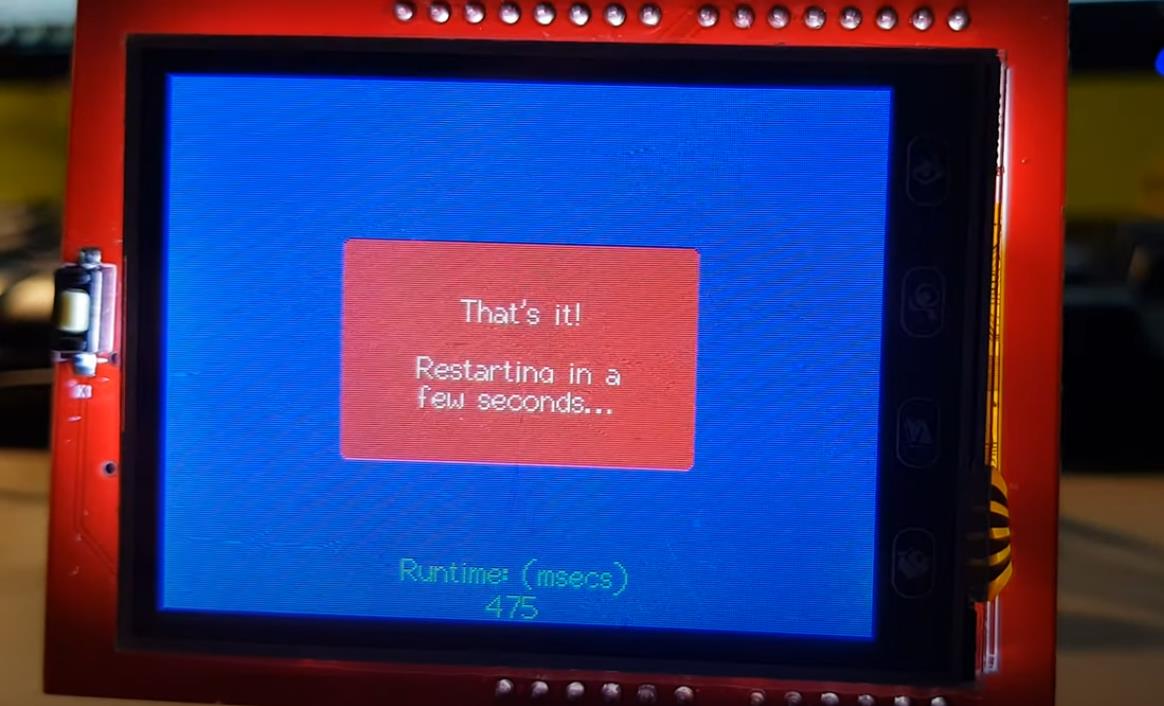
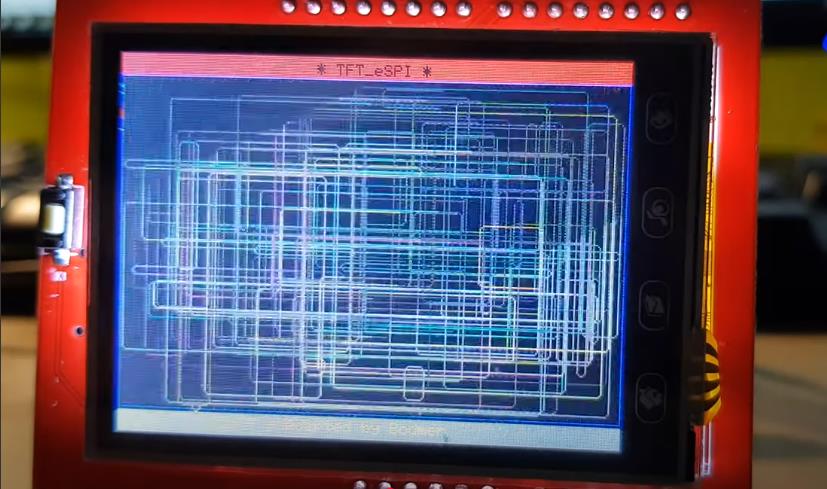
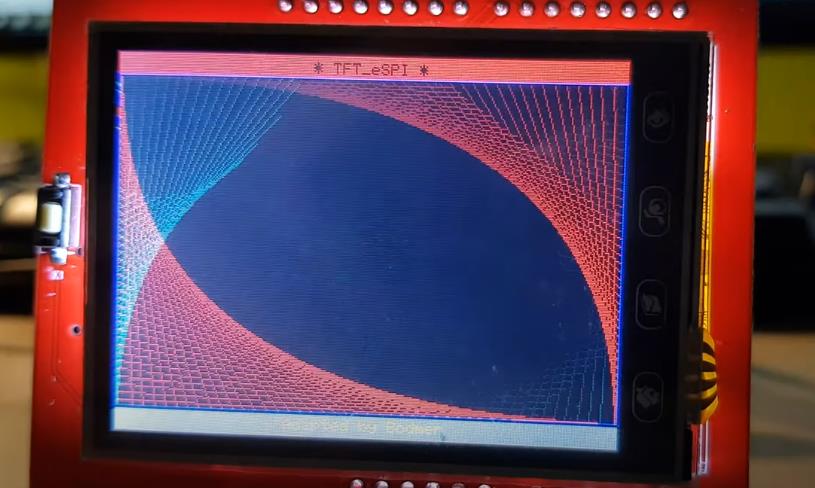
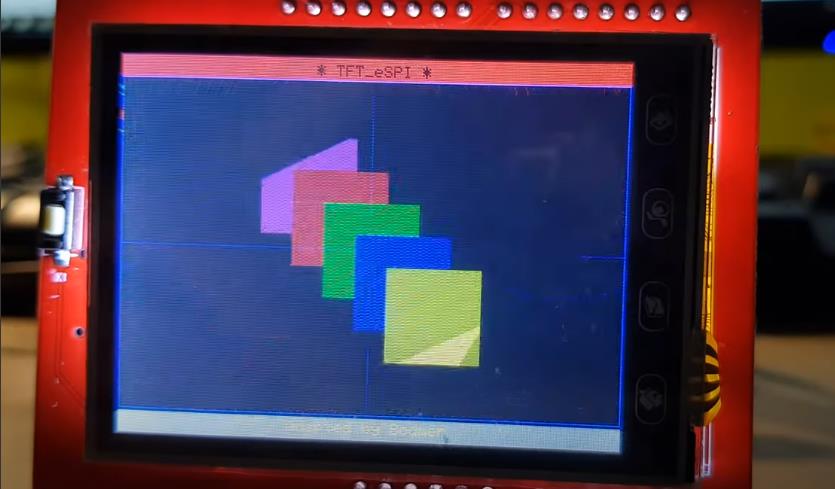
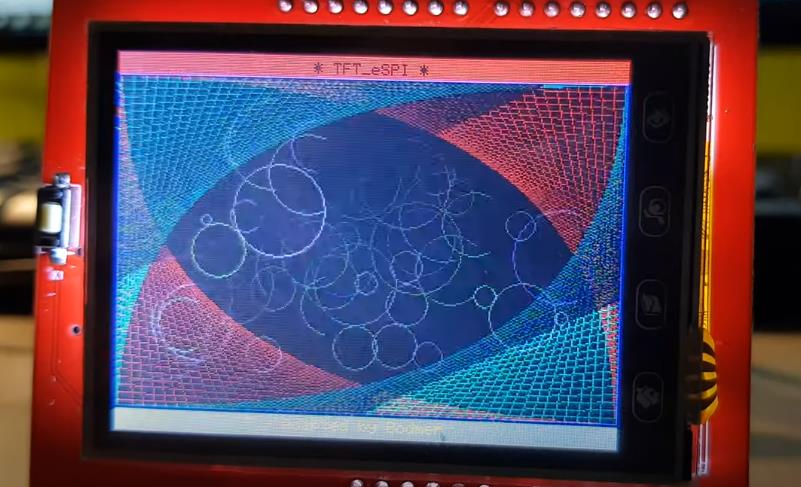
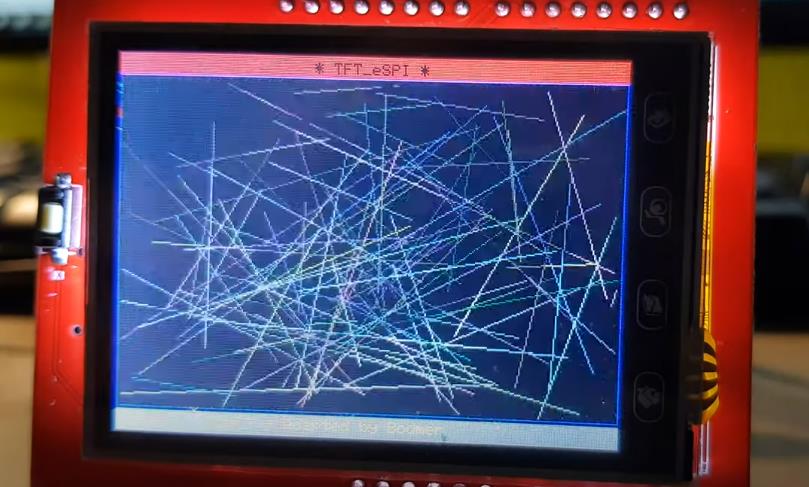
项目代码
// Demo based on:
// UTFT_Demo_320x240 by Henning Karlsen
// web: http://www.henningkarlsen.com/electronics
//
/*
This sketch uses the GLCD and font 2 only.
Make sure all the display driver and pin connections are correct by
editing the User_Setup.h file in the TFT_eSPI library folder.
#########################################################################
###### DON'T FORGET TO UPDATE THE User_Setup.h FILE IN THE LIBRARY ######
#########################################################################
*/
#include "SPI.h"
#include "TFT_eSPI.h"
#define TFT_GREY 0x7BEF
TFT_eSPI myGLCD = TFT_eSPI(); // Invoke custom library
unsigned long runTime = 0;
void setup()
{
randomSeed(analogRead(A0));
// Setup the LCD
myGLCD.init();
myGLCD.setRotation(1);
}
void loop()
{
randomSeed(millis());
//randomSeed(1234); // This ensure test is repeatable with exact same draws each loop
int buf[318];
int x, x2;
int y, y2;
int r;
runTime = millis();
// Clear the screen and draw the frame
myGLCD.fillScreen(TFT_BLACK);
myGLCD.fillRect(0, 0, 319, 14,TFT_RED);
myGLCD.fillRect(0, 226, 319, 14,TFT_GREY);
myGLCD.setTextColor(TFT_BLACK,TFT_RED);
myGLCD.drawCentreString("* TFT_eSPI *", 160, 4, 1);
myGLCD.setTextColor(TFT_YELLOW,TFT_GREY);
myGLCD.drawCentreString("Adapted by Bodmer", 160, 228,1);
myGLCD.drawRect(0, 14, 319, 211, TFT_BLUE);
// Draw crosshairs
myGLCD.drawLine(159, 15, 159, 224,TFT_BLUE);
myGLCD.drawLine(1, 119, 318, 119,TFT_BLUE);
for (int i=9; i<310; i+=10)
myGLCD.drawLine(i, 117, i, 121,TFT_BLUE);
for (int i=19; i<220; i+=10)
myGLCD.drawLine(157, i, 161, i,TFT_BLUE);
// Draw sin-, cos- and tan-lines
myGLCD.setTextColor(TFT_CYAN);
myGLCD.drawString("Sin", 5, 15,2);
for (int i=1; i<318; i++)
{
myGLCD.drawPixel(i,119+(sin(((i*1.13)*3.14)/180)*95),TFT_CYAN);
}
myGLCD.setTextColor(TFT_RED);
myGLCD.drawString("Cos", 5, 30,2);
for (int i=1; i<318; i++)
{
myGLCD.drawPixel(i,119+(cos(((i*1.13)*3.14)/180)*95),TFT_RED);
}
myGLCD.setTextColor(TFT_YELLOW);
myGLCD.drawString("Tan", 5, 45,2);
for (int i=1; i<318; i++)
{
myGLCD.drawPixel(i,119+(tan(((i*1.13)*3.14)/180)),TFT_YELLOW);
}
delay(0);
myGLCD.fillRect(1,15,317,209,TFT_BLACK);
myGLCD.drawLine(159, 15, 159, 224,TFT_BLUE);
myGLCD.drawLine(1, 119, 318, 119,TFT_BLUE);
int col = 0;
// Draw a moving sinewave
x=1;
for (int i=1; i<(317*20); i++)
{
x++;
if (x==318)
x=1;
if (i>318)
{
if ((x==159)||(buf[x-1]==119))
col = TFT_BLUE;
else
myGLCD.drawPixel(x,buf[x-1],TFT_BLACK);
}
y=119+(sin(((i*1.1)*3.14)/180)*(90-(i / 100)));
myGLCD.drawPixel(x,y,TFT_BLUE);
buf[x-1]=y;
}
delay(0);
myGLCD.fillRect(1,15,317,209,TFT_BLACK);
// Draw some filled rectangles
for (int i=1; i<6; i++)
{
switch (i)
{
case 1:
col = TFT_MAGENTA;
break;
case 2:
col = TFT_RED;
break;
case 3:
col = TFT_GREEN;
break;
case 4:
col = TFT_BLUE;
break;
case 5:
col = TFT_YELLOW;
break;
}
myGLCD.fillRect(70+(i*20), 30+(i*20), 60, 60,col);
}
delay(0);
myGLCD.fillRect(1,15,317,209,TFT_BLACK);
// Draw some filled, rounded rectangles
for (int i=1; i<6; i++)
{
switch (i)
{
case 1:
col = TFT_MAGENTA;
break;
case 2:
col = TFT_RED;
break;
case 3:
col = TFT_GREEN;
break;
case 4:
col = TFT_BLUE;
break;
case 5:
col = TFT_YELLOW;
break;
}
myGLCD.fillRoundRect(190-(i*20), 30+(i*20), 60,60, 3,col);
}
delay(0);
myGLCD.fillRect(1,15,317,209,TFT_BLACK);
// Draw some filled circles
for (int i=1; i<6; i++)
{
switch (i)
{
case 1:
col = TFT_MAGENTA;
break;
case 2:
col = TFT_RED;
break;
case 3:
col = TFT_GREEN;
break;
case 4:
col = TFT_BLUE;
break;
case 5:
col = TFT_YELLOW;
break;
}
myGLCD.fillCircle(100+(i*20),60+(i*20), 30,col);
}
delay(0);
myGLCD.fillRect(1,15,317,209,TFT_BLACK);
// Draw some lines in a pattern
for (int i=15; i<224; i+=5)
{
myGLCD.drawLine(1, i, (i*1.44)-10, 223,TFT_RED);
}
for (int i=223; i>15; i-=5)
{
myGLCD.drawLine(317, i, (i*1.44)-11, 15,TFT_RED);
}
for (int i=223; i>15; i-=5)
{
myGLCD.drawLine(1, i, 331-(i*1.44), 15,TFT_CYAN);
}
for (int i=15; i<224; i+=5)
{
myGLCD.drawLine(317, i, 330-(i*1.44), 223,TFT_CYAN);
}
delay(0);
myGLCD.fillRect(1,15,317,209,TFT_BLACK);
// Draw some random circles
for (int i=0; i<100; i++)
{
x=32+random(256);
y=45+random(146);
r=random(30);
myGLCD.drawCircle(x, y, r,random(0xFFFF));
}
delay(0);
myGLCD.fillRect(1,15,317,209,TFT_BLACK);
// Draw some random rectangles
for (int i=0; i<100; i++)
{
x=2+random(316);
y=16+random(207);
x2=2+random(316);
y2=16+random(207);
if (x2<x) {
r=x;x=x2;x2=r;
}
if (y2<y) {
r=y;y=y2;y2=r;
}
myGLCD.drawRect(x, y, x2-x, y2-y,random(0xFFFF));
}
delay(0);
myGLCD.fillRect(1,15,317,209,TFT_BLACK);
// Draw some random rounded rectangles
for (int i=0; i<100; i++)
{
x=2+random(316);
y=16+random(207);
x2=2+random(316);
y2=16+random(207);
// We need to get the width and height and do some window checking
if (x2<x) {
r=x;x=x2;x2=r;
}
if (y2<y) {
r=y;y=y2;y2=r;
}
// We need a minimum size of 6
if((x2-x)<6) x2=x+6;
if((y2-y)<6) y2=y+6;
myGLCD.drawRoundRect(x, y, x2-x,y2-y, 3,random(0xFFFF));
}
delay(0);
myGLCD.fillRect(1,15,317,209,TFT_BLACK);
//randomSeed(1234);
int colour = 0;
for (int i=0; i<100; i++)
{
x=2+random(316);
y=16+random(209);
x2=2+random(316);
y2=16+random(209);
colour=random(0xFFFF);
myGLCD.drawLine(x, y, x2, y2,colour);
}
delay(0);
myGLCD.fillRect(1,15,317,209,TFT_BLACK);
// This test has been modified as it takes more time to calculate the random numbers
// than to draw the pixels (3 seconds to produce 30,000 randoms)!
for (int i=0; i<10000; i++)
{
myGLCD.drawPixel(2+random(316), 16+random(209),random(0xFFFF));
}
// Draw 10,000 pixels to fill a 100x100 pixel box
// use the coords as the colour to produce the banding
//byte i = 100;
//while (i--) {
// byte j = 100;
// while (j--) myGLCD.drawPixel(i+110,j+70,i+j);
// //while (j--) myGLCD.drawPixel(i+110,j+70,0xFFFF);
//}
delay(0);
myGLCD.fillScreen(TFT_BLUE);
myGLCD.fillRoundRect(80, 70, 239-80,169-70, 3,TFT_RED);
myGLCD.setTextColor(TFT_WHITE,TFT_RED);
myGLCD.drawCentreString("That's it!", 160, 93,2);
myGLCD.drawCentreString("Restarting in a", 160, 119,2);
myGLCD.drawCentreString("few seconds...", 160, 132,2);
runTime = millis()-runTime;
myGLCD.setTextColor(TFT_GREEN,TFT_BLUE);
myGLCD.drawCentreString("Runtime: (msecs)", 160, 210,2);
myGLCD.setTextDatum(TC_DATUM);
myGLCD.drawNumber(runTime, 160, 225,2);
delay (5000);
}
【Arduino 动手做】ILI9341屏使用TFT_eSPI库以并行模式(8 个数据引脚)连接到 ESP32
项目链接:https://www.pangodream.es/ili9341-esp32-parallel
项目作者:阿尔贝托·伊里贝里·安德烈斯
项目视频 :https://www.youtube.com/watch?v=dhQjDKtNi58
项目代码:https://github.com/Bodmer/TFT_eSPI/blob/master/examples/320%20x%20240/UTFT_demo/UTFT_demo.ino
Bodmer TFT_eSPI库:https://github.com/Bodmer/TFT_eSPI


 返回首页
返回首页
 回到顶部
回到顶部


评论